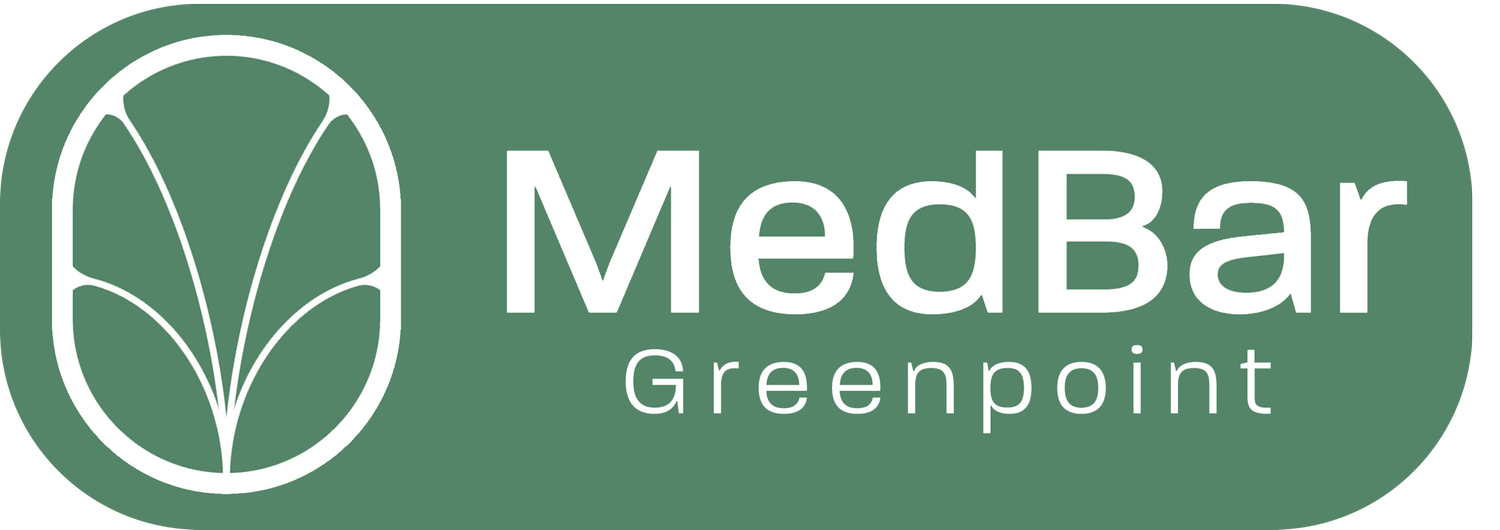Achilles Tendon Injuries: Understanding the Basics and the Role of Physical Therapy
The Achilles tendon, a strong fibrous cord that connects the muscles in the back of your calf to your heel bone, is essential for walking, running, and jumping. Injuries to the Achilles tendon are common among athletes and active individuals but can occur in anyone. Understanding these injuries and the role of physical therapy in their management is crucial to ensuring a speedy and safe recovery.
What are Achilles Tendon Injuries?
There are two primary types of Achilles tendon injuries:
Tendonitis: This is an inflammation of the tendon. Overuse, such as running too much without allowing time for the tendon to recover, can lead to tendonitis. Symptoms often include pain and swelling around the heel, especially during or after activity.
Tendon Rupture: This is a partial or complete tear of the tendon and is typically due to sudden force or strain. A person may hear a "pop" at the time of injury and experience sharp pain, swelling, and difficulty walking.
The Role of Physical Therapy in Managing Achilles Tendon Injuries
Physical therapy plays a pivotal role in the recovery and management of Achilles tendon injuries. Here's how:
Pain Management: Physical therapists use techniques like ultrasound, electrical stimulation, and manual therapy to reduce pain and swelling.
Strengthening Exercises: A crucial aspect of recovery is rebuilding the strength of the calf muscles and the tendon. Progressive resistance exercises are introduced to improve muscle strength without putting undue strain on the tendon.
Flexibility and Stretching: Tightness in the calf muscles can increase the strain on the Achilles tendon. Stretching exercises help in improving flexibility and reducing the risk of future injuries.
Functional Training: As the injury heals, physical therapists guide patients through functional exercises that mimic their daily or athletic activities. This ensures that the tendon is ready to handle the strains of regular movement.
Gait and Balance Training: After an Achilles tendon injury, especially a rupture, one's walking pattern may be altered. Physical therapists help retrain the gait and improve balance to ensure safety during daily activities.
Education: Educating the patient about safe practices, footwear choices, and recognizing early signs of potential problems is a vital component of the rehabilitation process.
Prevention is Better Than Cure
While physical therapy is effective in treating Achilles tendon injuries, it’s always preferable to prevent them. Here are some preventive measures:
Always warm up before exercising.
Gradually increase the intensity and duration of workouts.
Ensure proper footwear that offers adequate support and cushioning.
Listen to your body; if you feel pain or tightness in the Achilles region, rest and seek guidance.
Conclusion
Achilles tendon injuries can be debilitating, but with the right care and approach, recovery is achievable. Physical therapy offers a comprehensive and safe method to navigate through the healing process, ensuring that you can return to your daily activities and sports with confidence. Always consult with a physical therapist or healthcare professional if you suspect an Achilles injury or are keen on understanding preventive strategies.
